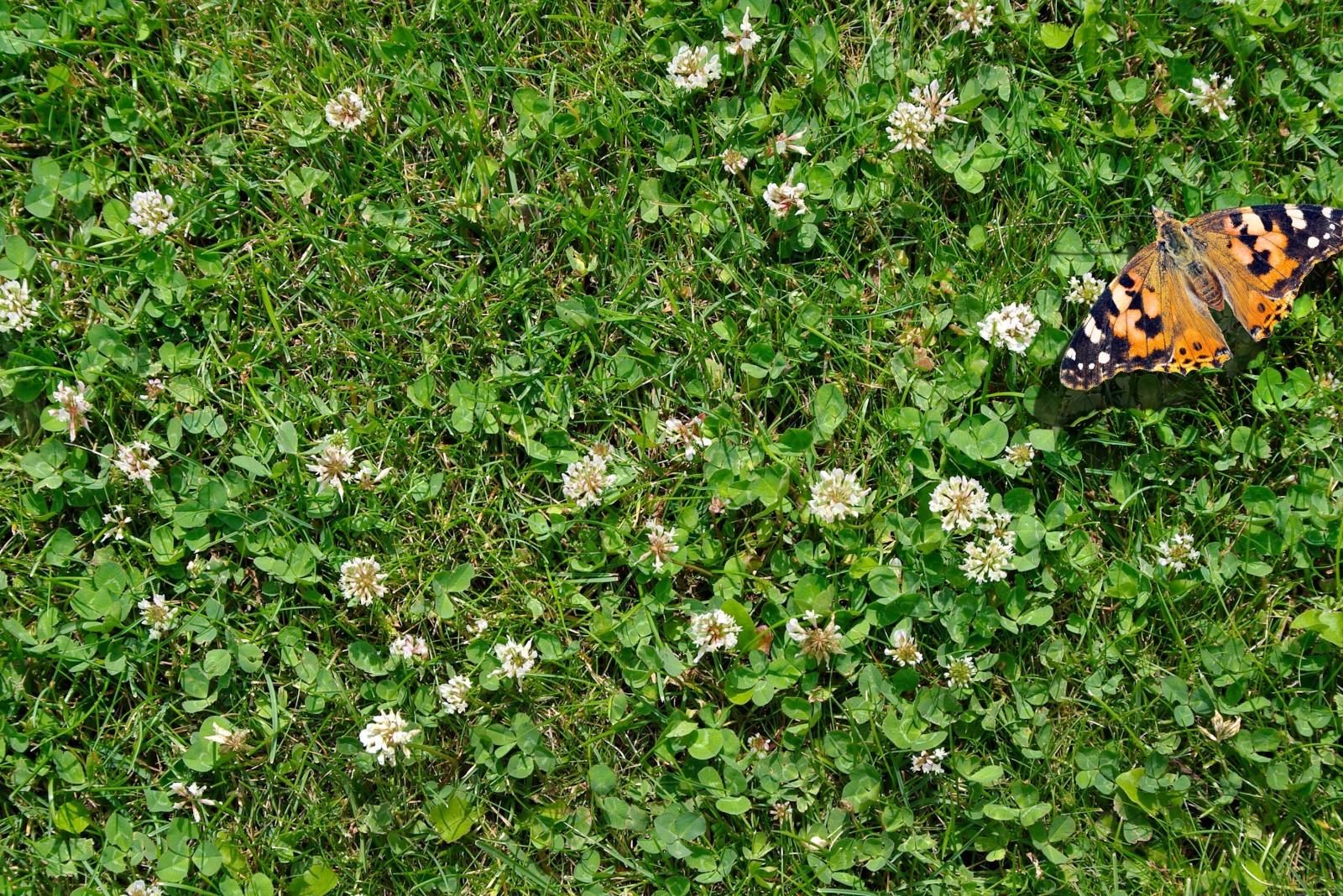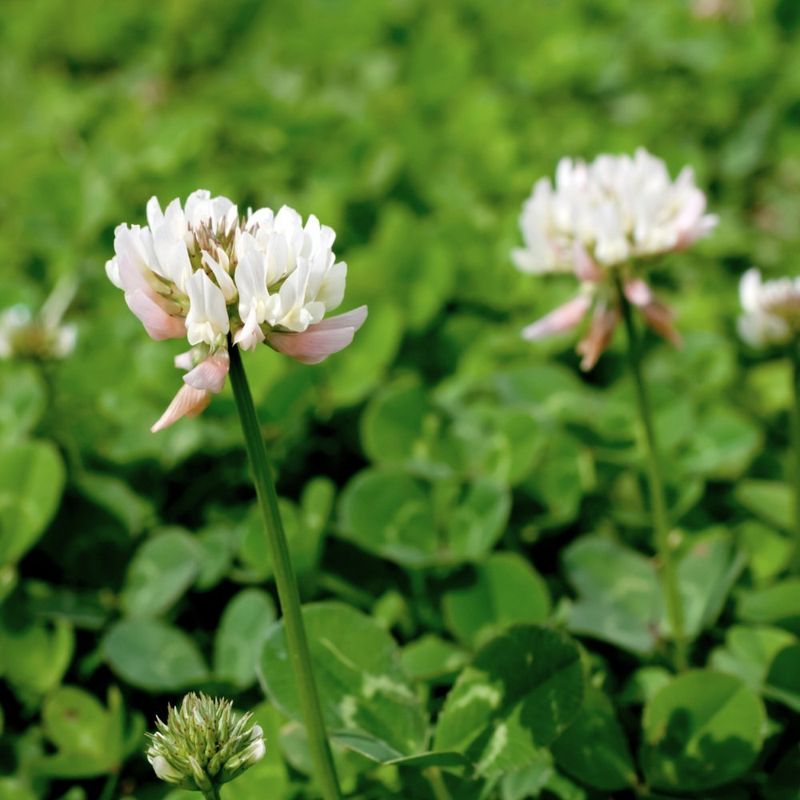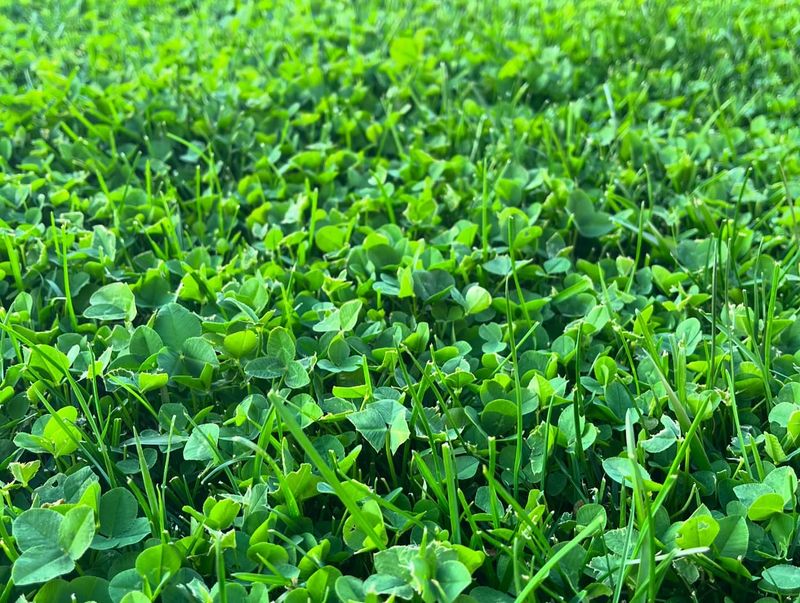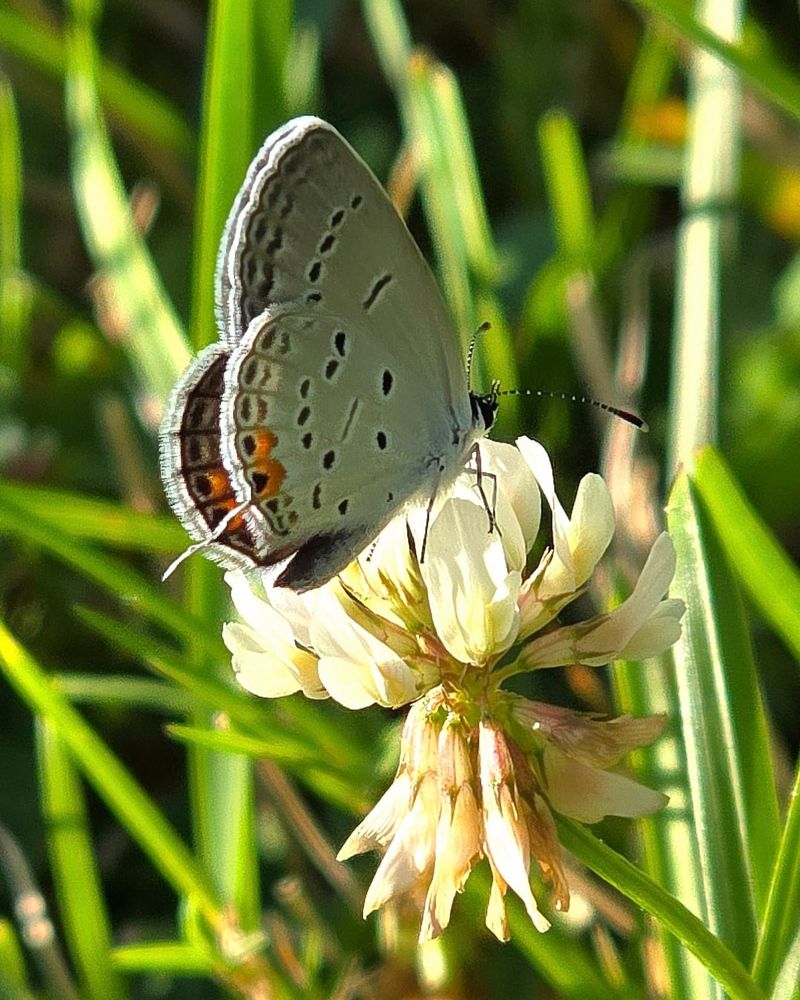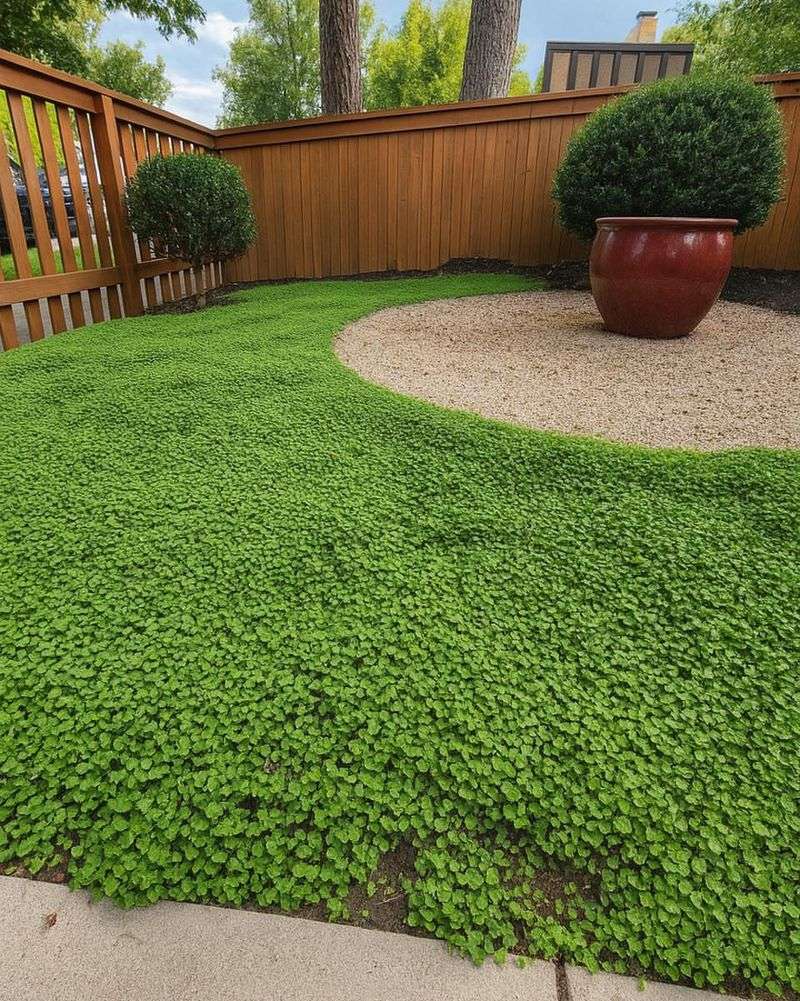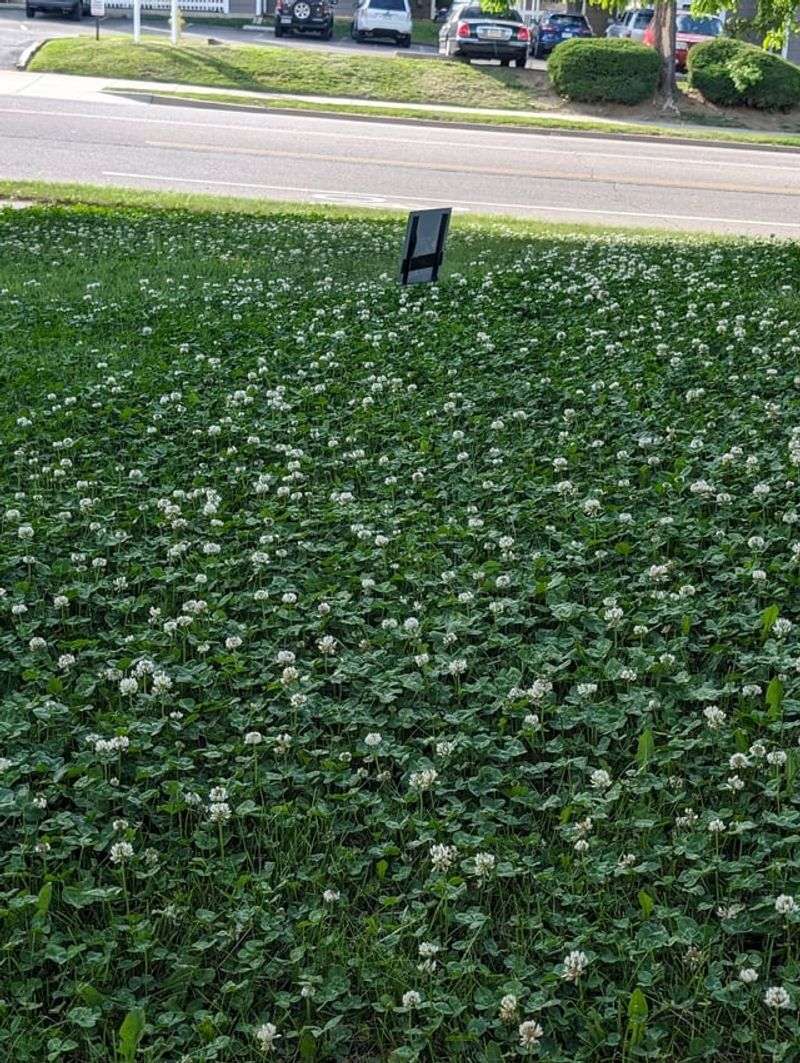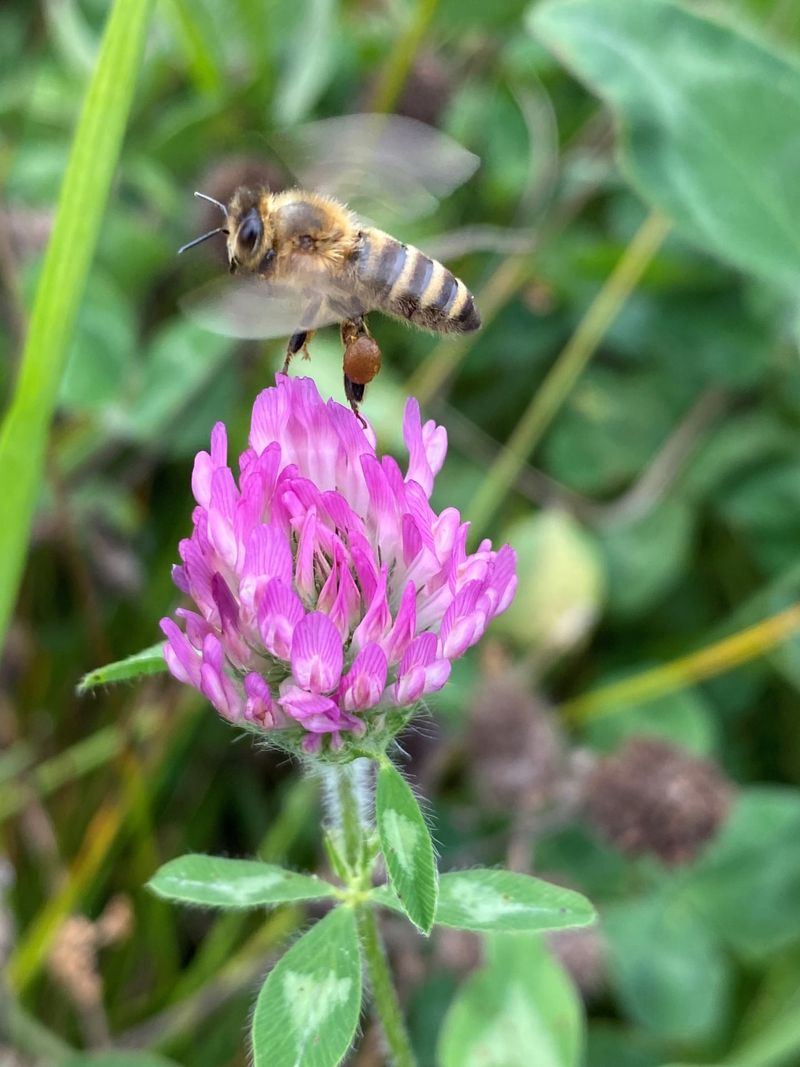Chicago gardeners are trading traditional grass lawns for clover and pollinator strips. This growing trend helps our environment while saving time and money on lawn care.
Clover and wildflower strips create beautiful, functional spaces that support bees, butterflies, and other important creatures in our urban ecosystem.
1. Water Bills Shrink Dramatically
Say goodbye to sky-high summer water bills! Clover naturally stays green with minimal watering, even during Chicago’s hot July and August months. Unlike thirsty grass that demands constant sprinkler attention, clover’s deep roots reach further into the soil for moisture.
Many Chicago gardeners report cutting their lawn watering by 60-70% after switching to clover. Those savings add up quickly, especially with water rates continuing to climb across the city.
2. Mowing Becomes Optional, Not Mandatory
Remember spending every weekend pushing that noisy mower? With clover lawns, those days are history. Clover naturally grows to about 4-6 inches and then stops, eliminating the constant mowing marathon that traditional lawns demand.
Chicago families now enjoy weekends at the lake or exploring neighborhood festivals instead of mowing. The time savings alone has convinced many to make the switch, not to mention the reduction in gas emissions from power mowers.
3. Local Pollinators Return In Droves
Bees buzz happily among the tiny white clover flowers while colorful butterflies dance through pollinator strips. Once rare sights in many Chicago neighborhoods, these essential creatures now return to yards that offer food and habitat.
Native bumblebees, monarch butterflies, and even hummingbirds show up within weeks of planting. Kids love watching these fascinating visitors, gaining hands-on science lessons right in their yards. Even small pollinator strips between sidewalks and streets make a difference.
4. Soil Health Improves Naturally
Clover works magic underground by fixing nitrogen from the air into the soil. This natural fertilizer factory eliminates the need for chemical treatments that wash into our Chicago River and Lake Michigan.
Gardens planted near clover areas grow better too. The improved soil structure helps prevent flooding during heavy Chicago thunderstorms by absorbing water faster than compacted grass areas.
Even clay-heavy soils common in Chicago neighborhoods show improvement within a season or two after clover takes root.
5. Chicago Climate Challenges Become Manageable
From polar vortex winters to scorching summers, Chicago weather extremes challenge traditional lawns. Clover and native pollinator plants evolved with our Midwest climate and handle these swings with ease.
During drought restrictions, clover stays green while grass turns brown. After heavy spring rains, pollinator strips prevent erosion better than manicured grass. Winter salt damage along streets affects clover far less than traditional turf grasses.
6. Community Connection Grows Stronger
Front yard clover and pollinator strips spark conversations between neighbors who stop to admire the colorful blooms and buzzing activity. Chicago gardeners share seeds, plants, and tips, creating community bonds around sustainable practices.
Local garden clubs now offer tours of successful clover lawns. Schools incorporate student-maintained pollinator strips into science curricula. Even skeptical neighbors often convert after seeing the beauty and benefits of these alternative lawns firsthand.

